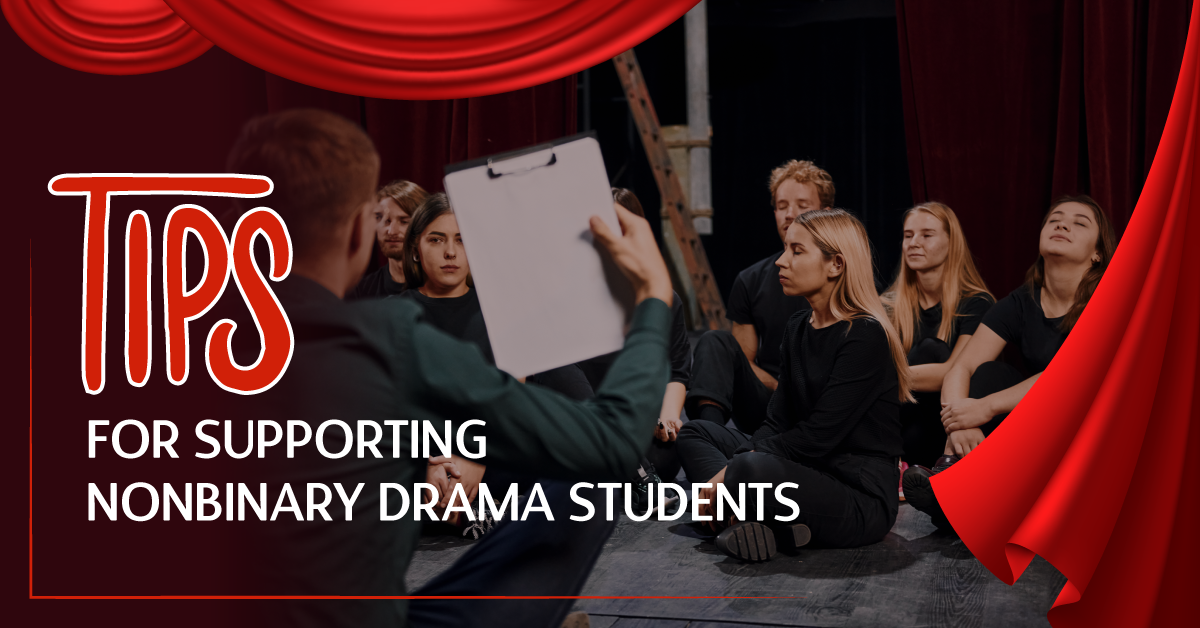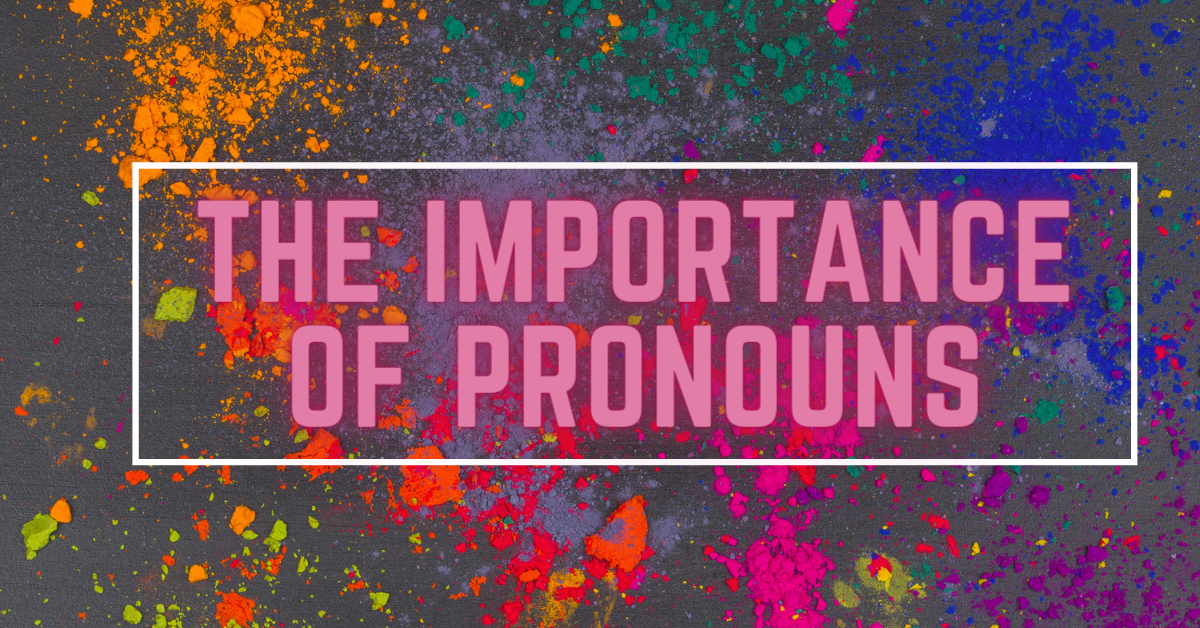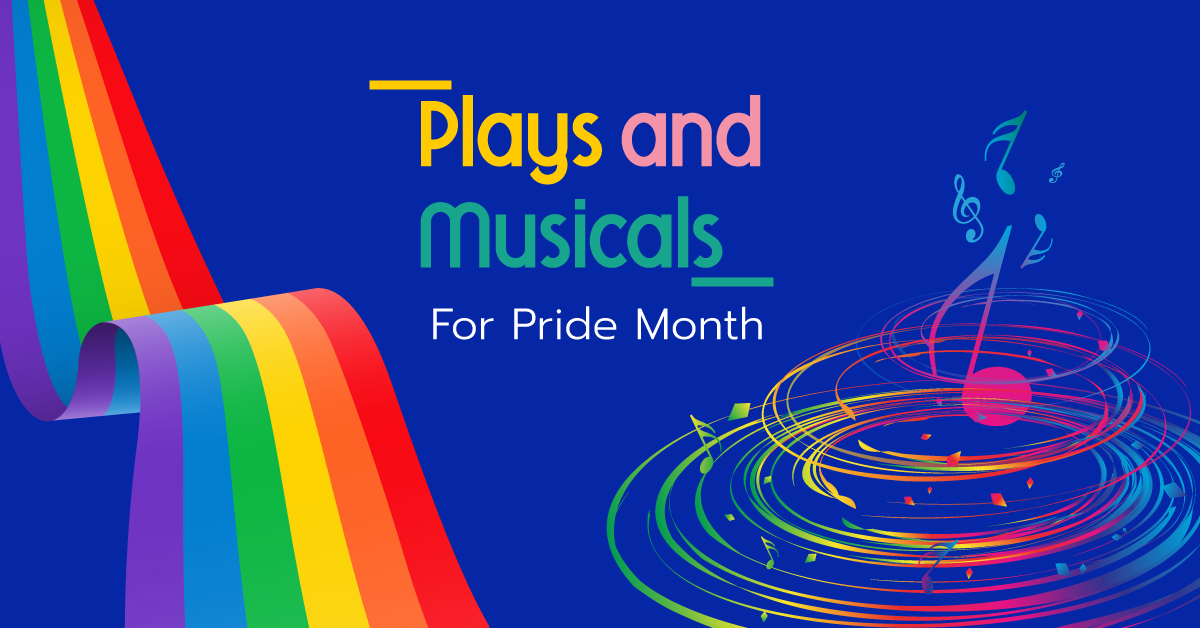Tips for Supporting Nonbinary Drama Students
We want our drama classroom to be a safe space for our LGBTQ+ students. Within that umbrella are nonbinary students. The term nonbinary can mean different things to different people, but generally it refers to someone whose gender identity isn’t exclusively defined as male or female (regardless of the sex they were assigned at birth). Nonbinary identifiers can include genderqueer, agender, genderfluid, and more. Read on for some tips on supporting nonbinary students in your drama classroom.
1. Here are some basic reminders to keep in mind for all nonbinary students, not just those taking drama:
- Use students’ names and pronouns correctly. If they've changed their name, don't use their deadname. If you or your students misgender another student, make the correction immediately.
- A start of term survey for your students can be helpful for ensuring student safety and inclusivity.
- Don’t make assumptions about anyone’s gender or pronouns. You can’t tell someone’s gender by looking at them.
- Use gender-neutral greetings and comments when interacting with your students as a group, such as “Good morning everyone” rather than “Good morning boys and girls.” Even phrases like “You guys did a great job!” can be exclusionary.
- Continue to educate yourself on how to be an ally to your students. The Trevor Project has many great resources that can get you started.
2. Representation is important. Study and perform plays and musicals that feature nonbinary characters. Some examples include musicals like & Juliet or Head Over Heels, or Theatrefolk plays such as Completely, Absolutely Normal: Vignettes About LGBTQ+ Teens, Red Tee, Passing Period Purgatory, Finding Jo March, and Thought Traps. Look for scripts with gender-expansive casting opportunities. Research and present profiles of nonbinary performers and playwrights.
3. When casting plays or scene work, don't make assumptions about your nonbinary students and what roles you think they’re comfortable playing. Oftentimes, nonbinary students are typecast as animals or fantasy characters, only cast in roles that are traditionally written as male, or only considered for roles that are specifically written as nonbinary or gender non-specific.
Communicate with your students to see what type of roles they are interested in and comfortable playing. Some nonbinary students might be excited to play roles of any gender, while others may not be comfortable playing a character of the sex they were assigned at birth.
You might introduce the idea through an exit slip in class, such as “Name your top three dream roles to play in the theatre” or “What roles do you think would be a great acting challenge for you?” For school productions, an audition questionnaire (found in the giveaway in this post could be useful for the casting process. You can ask questions such as, “Are you comfortable playing a role that is written as male/female/nonbinary (circle all applicable)” and “List the top three roles in this show that you are most interested in playing.”
4. Be aware of issues that affect nonbinary drama students. For example, many plays specifically indicate only male and female roles, awards are given specifically to male and female performers, and dressing room areas may not adequately meet students’ needs. Some students may not come from supportive homes, and, for example, might use one name at school and a different name at home. In this case you may need to ensure your show programmes indicate the name that the students’ family is ok with or aware of. Even schools and school districts can have different rules, regulations, or laws regarding LGBTQ+ issues, which may restrict what you’re able to teach and what students can learn about directly in school.
There is a large possibility of exclusion (especially when you consider intersectionality — students may have faced additional exclusion due to race, disability, sexual identity, or class), and this may make your nonbinary students feel disrespected or unsafe. Some nonbinary students may feel like the only reason they were cast was to fill a “diversity quota.” Beyond acting, what opportunities are available for nonbinary student directors, designers, technicians, and playwrights? What steps can you take to find solutions for these issues?
Additional Resources:
Creating a Safe Space for your LGBTQ+ Students
Thoughts on Gender & Casting
Plays & Musicals for Pride Month



